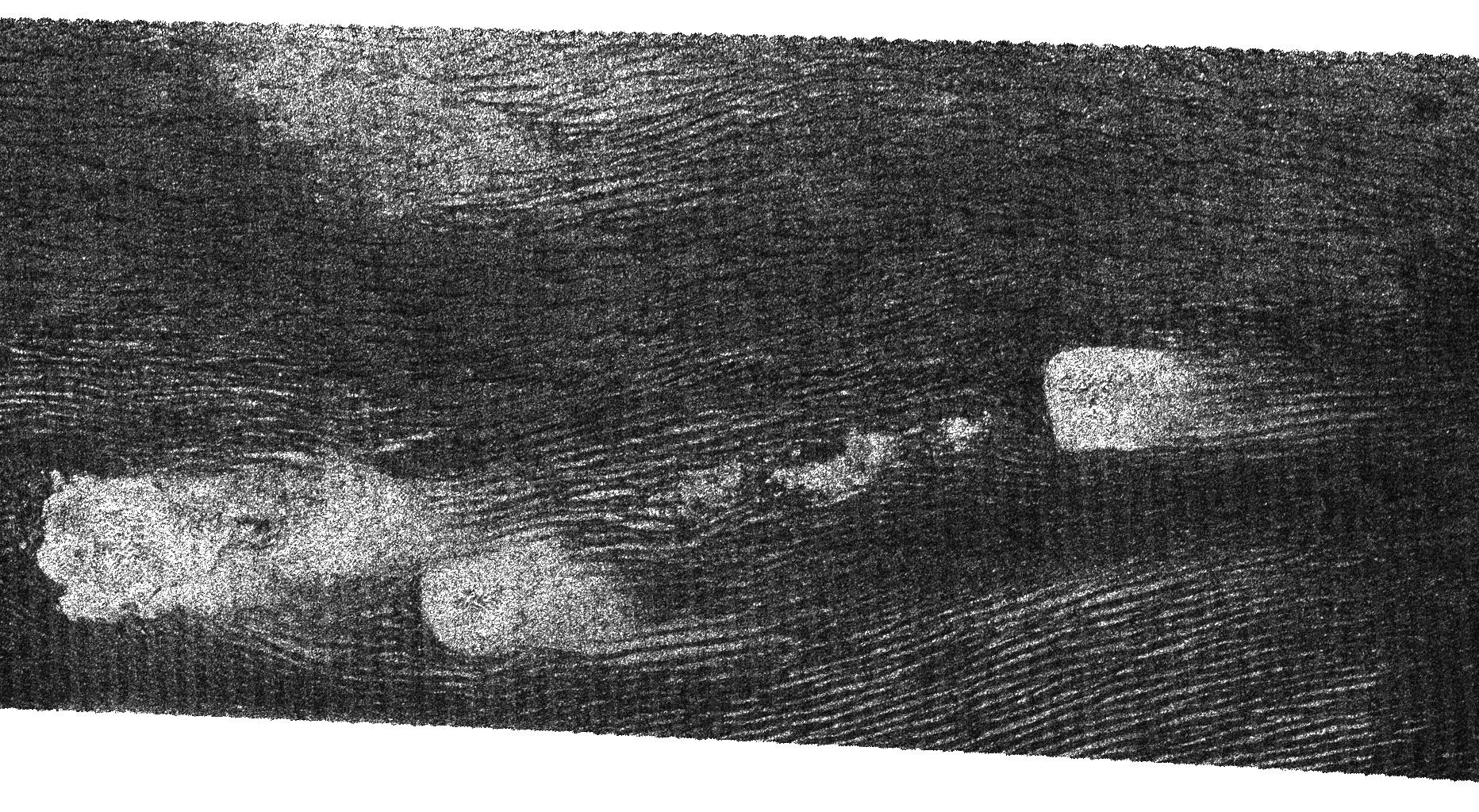A Faux Saturn Moon Titan on Earth Could Solve Solar System Mystery

Big, schmancy compounds keep popping up all over the solar system, and new research may help clear up confusion about how they form in so many places.
That research is based on laboratory experiments inspired by a weird quirk scientists have noticed about sprawling dune fields on Saturn's moon Titan. These dunes are full of compounds called polycyclic aromatic hydrocarbons that have ring-like structures. On Titan, the dunes stockpile a significant proportion of the moon's carbon. And because that moon is one of astrobiologists' most tempting quarries for potentially finding life beyond Earth, carbon matters.
"These dunes are pretty large," study senior author Ralf Kaiser, a chemist at the University of Hawaii at Manoa, told Space.com, nearly as tall as the Great Pyramid in Egypt, he added. "If you want to understand the carbon and hydrocarbon cycle and the processes of hydrocarbons on Titan, it's really important to understand, of course, where the dominant source of carbon comes from."
Related: Saturn's Moon Titan May Have 'Phantom Lakes' and Caves
On Titan, there's a straightforward mechanism that scientists know likely builds polycyclic aromatic hydrocarbons: These large molecules can form in the moon's thick atmosphere and settle down to the surface. But the same family of compounds has been found on plenty of worlds that boast no such atmosphere, like the dwarf planets Pluto and Ceres and the Kuiper Belt object Makemake.
Kaiser and his colleagues wanted to figure out how polycyclic aromatic hydrocarbons could come to exist on a world lacking an atmosphere to create them. And when the researchers looked at Titan, they saw a clue: Where the dunes are, there aren't many hydrocarbon ices that are otherwise fairly common on that moon.
The researchers wondered whether a second process, one taking place on the surface, could turn ices like acetylene into polycyclic aromatic hydrocarbons. In particular, the scientists thought the culprit might be galactic cosmic rays, energetic particles that ricochet across space.
Breaking space news, the latest updates on rocket launches, skywatching events and more!
So the researchers designed an experiment: Take some acetylene ice, expose it to a process that imitates galactic cosmic rays, and see what happens. They mimicked the effect of 100 years' worth of pummeling from these particles, then measured the amounts of different compounds that had formed.
The scientists found several different flavors of polycyclic aromatic hydrocarbons. This suggested to the team that the interaction between hydrocarbon ices and galactic cosmic rays could indeed explain the prevalence of the compounds even where no atmosphere can form them.
"This is a pretty versatile process which can happen anywhere," Kaiser said. That includes not just Titan, but also other moons and asteroids, but even grains of interstellar dust and neighboring solar systems, he said.
Next, he and his colleagues want to pin down what specific process is causing the transformation, Kaiser said. That will be tricky, he said, since the ionizing radiation the team used to simulate cosmic galactic rays includes multiple simultaneous processes.
The line of research is intriguing aesthetically as well as scientifically, Michael Malaska, who studies planetary ices at NASA's Jet Propulsion Laboratory in California and who wasn't involved in the current research, told Space.com in an email. "Their work further supports that some of Titan's sand may glow pretty colors under UV light," he wrote.
The research was described in a paper published yesterday (Oct. 16) in the journal Science Advances.
- Landing on Titan: Pictures from Huygens Probe on Saturn Moon
- Propelling Exploration: Drones Are Going Interplanetary
- Amazing Photos: Titan, Saturn's Largest Moon
Editor's note: This story was updated to include a comment from Michael Malaska. Email Meghan Bartels at mbartels@space.com or follow her @meghanbartels. Follow us on Twitter @Spacedotcom and on Facebook.
Join our Space Forums to keep talking space on the latest missions, night sky and more! And if you have a news tip, correction or comment, let us know at: community@space.com.

Meghan is a senior writer at Space.com and has more than five years' experience as a science journalist based in New York City. She joined Space.com in July 2018, with previous writing published in outlets including Newsweek and Audubon. Meghan earned an MA in science journalism from New York University and a BA in classics from Georgetown University, and in her free time she enjoys reading and visiting museums. Follow her on Twitter at @meghanbartels.
